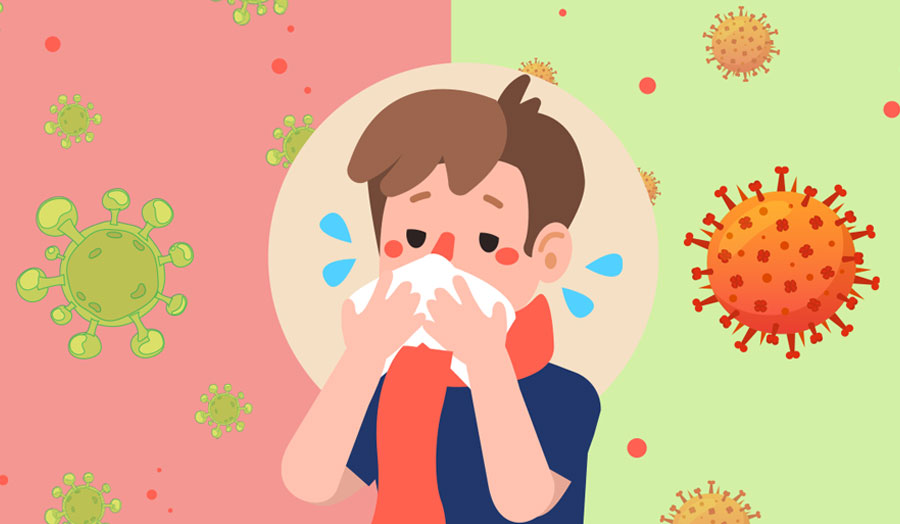Influenza and RSV, what are the differences?
The flu can cause approximately 3-5 million cases of severe respiratory illnesses and up to 650,000 deaths per year(1). After two years of lower influenza activity, likely due to COVID-19 restrictions(2), this flu season arrived early in Europe. In addition, we are facing respiratory syncytial virus (RSV), another common seasonal virus that causes cold-like symptoms(3).
The flu and RSV are spread the same way and cause similar symptoms(4), such as a cough, runny or stuffy nose, headache and fever. There are also some differences between the two viruses, but the only way to know whether you have the flu or RSV is to get tested.
How to tell if you have the flu or RSV?
One difference between the flu and RSV is the time it takes for symptoms to appear. When you catch the flu, symptoms tend to appear quickly and suddenly(1). RSV symptoms take longer to appear, usually about four to six days(5).
Another difference between the flu and RSV is how you feel. With influenza, you will likely feel very unwell right away(1). With RSV, the symptoms tend to appear slowly, so you will progressively feel worse and worse, as you develop more and more symptoms(6).
A unique symptom of RSV is wheezing, a high-pitched whistling sound when you breathe(4). Wheezing happens when you have a serious RSV infection, which most commonly develops in young children, people with a weakened immune system, people with pre-existing health conditions such as heart or lung disease, and older adults(5).
Protect yourself from both viruses
Anyone can catch the flu or RSV, but older adults and young children are at a higher risk for both viruses(4). As the peak of the 2022-23 flu season approaches, there is still time to speak to your doctor about getting the influenza vaccine to protect yourself and your loved ones. Also, don’t forget to practice other flu prevention measures, such as washing your hands frequently, wearing a face mask, boosting your immune system by eating well and exercising, and avoiding close contact with sick people(7).
Sources
(1) Influenza (Seasonal). WHO. Available at: https://www.who.int/en/news-room/fact-sheets/detail/influenza-(seasonal). Accessed on 9 January 2023.
(2) 2020-2021 Flu Season Summary. CDC. Available at: https://www.cdc.gov/flu/season/faq-flu-season-2020-2021.htm. Accessed on 9 January 2023.
(3) Respiratory Syncytial Virus Infection (RSV). CDC. Available at: https://www.cdc.gov/rsv/index.html. Accessed on 9 January 2023.
(4) COVID-19, Influenza & RSV. COVID-19 Real-Time Learning Network. Available at: https://www.idsociety.org/covid-19-real-time-learning-network/disease-manifestations–complications/covid-19-influenza–rsv/. Accessed on 18 January 2023.
(5) Respiratory syncytial virus (RSV). Mayo Clinic. Available at: https://www.mayoclinic.org/diseases-conditions/respiratory-syncytial-virus/symptoms-causes/syc-20353098. Accessed on 18 January 2023.
(6) Respiratory Syncytial Virus Infection (RSV) – Symptoms and Care. CDC. Available at: https://www.cdc.gov/rsv/about/symptoms.html. Accessed on 18 January 2023.
(7) Protect yourself against flu: Learn more about preventive measures. ECDC. Available at: https://www.ecdc.europa.eu/en/seasonal-influenza/prevention-and-control/personal-protective-measures. Accessed on 9 January 2023.






Leave a comment